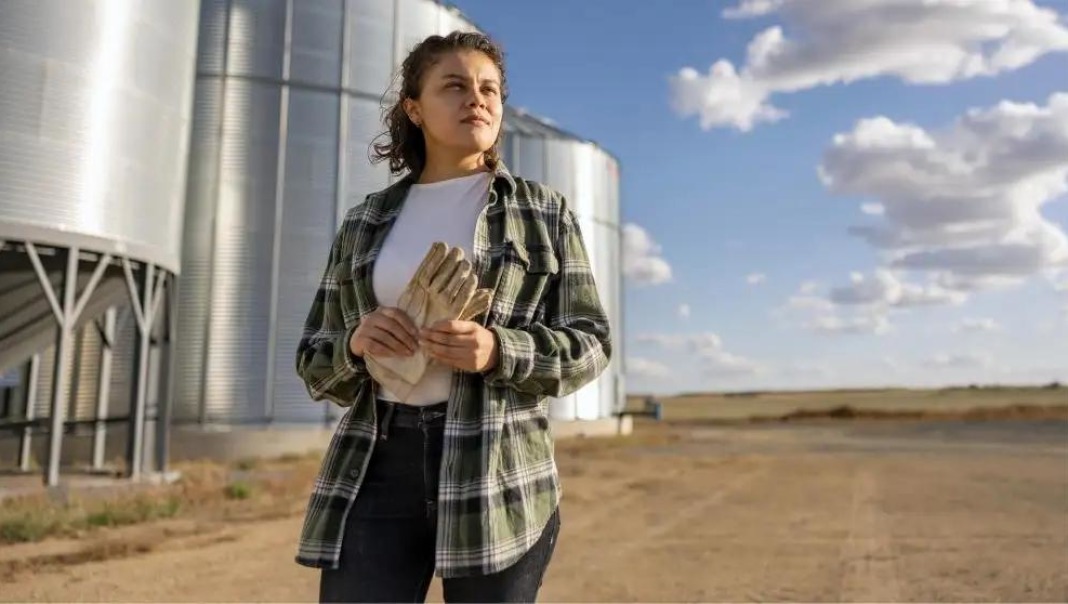Breaking barriers: Women in Canadian agriculture
Friday, March 7, 2025
Reference: FCC

Women play a critical role in Canadian agriculture but also face significant participation barriers. Lack of resources and lack of recognition lead to under-representation among farm operators and in leadership roles within agriculture businesses and organizations. The growing skills gap across the agriculture sector makes it imperative to grow gender equity and lift women’s participation in all aspects of farming.
We estimate that achieving revenue equity – with female farm operators earning on average revenues in line with male farm operators – would add an additional $5 billion to agriculture's GDP contribution. Achieving gender parity in the number of farm operators would magnify these economic benefits. Recognizing existing contributions of women could attract more women to the industry, which itself is a function of elevating the status of women’s contributions equal to men’s. We estimate that almost 88,000 additional female farm operators will need to be counted to achieve gender parity by 2026 – 75% of which are already farming but unrecognized as operators, and 25% of which will need to be new entrants.
The status of women in agriculture today
In the 30-year period spanning 1991 to 2021, the percentage of female farm operators in Canada increased from 25.7% to 30.4% (Figure 1). This upward trend is expected to continue, with the proportion of female farm operators expected to reach 31.1% by 2026. While encouraging, it’s important to note that this trend is largely explained by men leaving the industry not by more women joining. Farm consolidations and an aging farm population have reduced the total number of farm operators across Canada over time, with the number of men falling faster than the number of women. So, while the proportion of women farmers has been steadily on the rise, the actual number of women in farming has not been growing by much. In fact, between 2016 and 2021 the number of female farm operators grew for the first time since 1991, but only by 2.5% – translating to less than 2,000 additional farm operators. And women are also still less likely than men to be the sole decision-maker on the farm.
Read more
Sign up to stay connected
- News
- Property Alerts
- Save your favourite properties
- And more!
Joining Farm Marketer is free, easy and you can opt out at any time.
